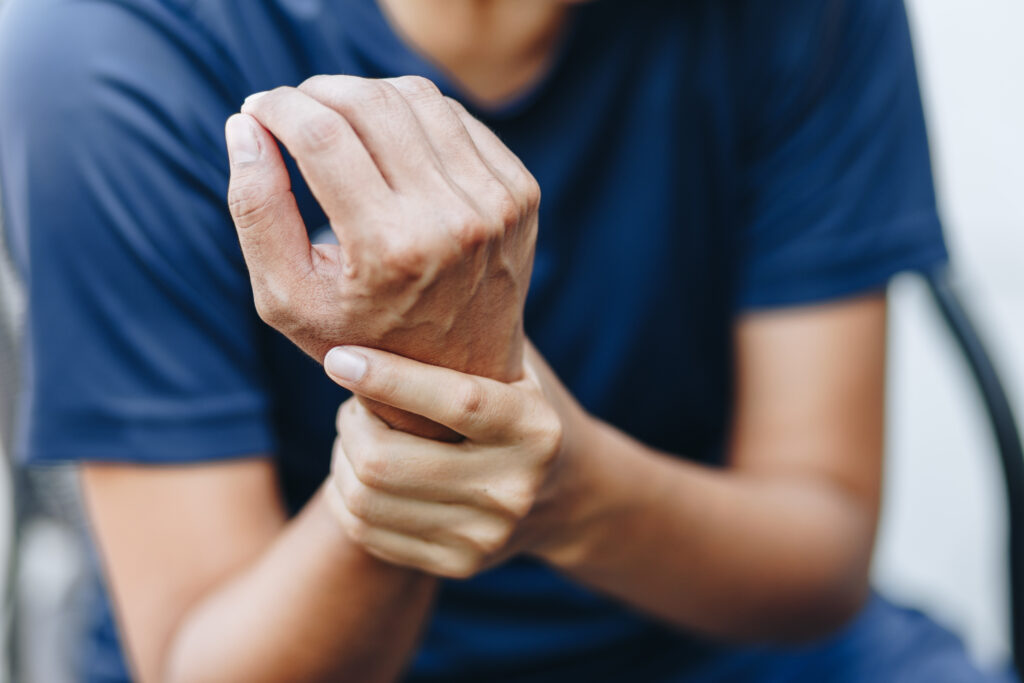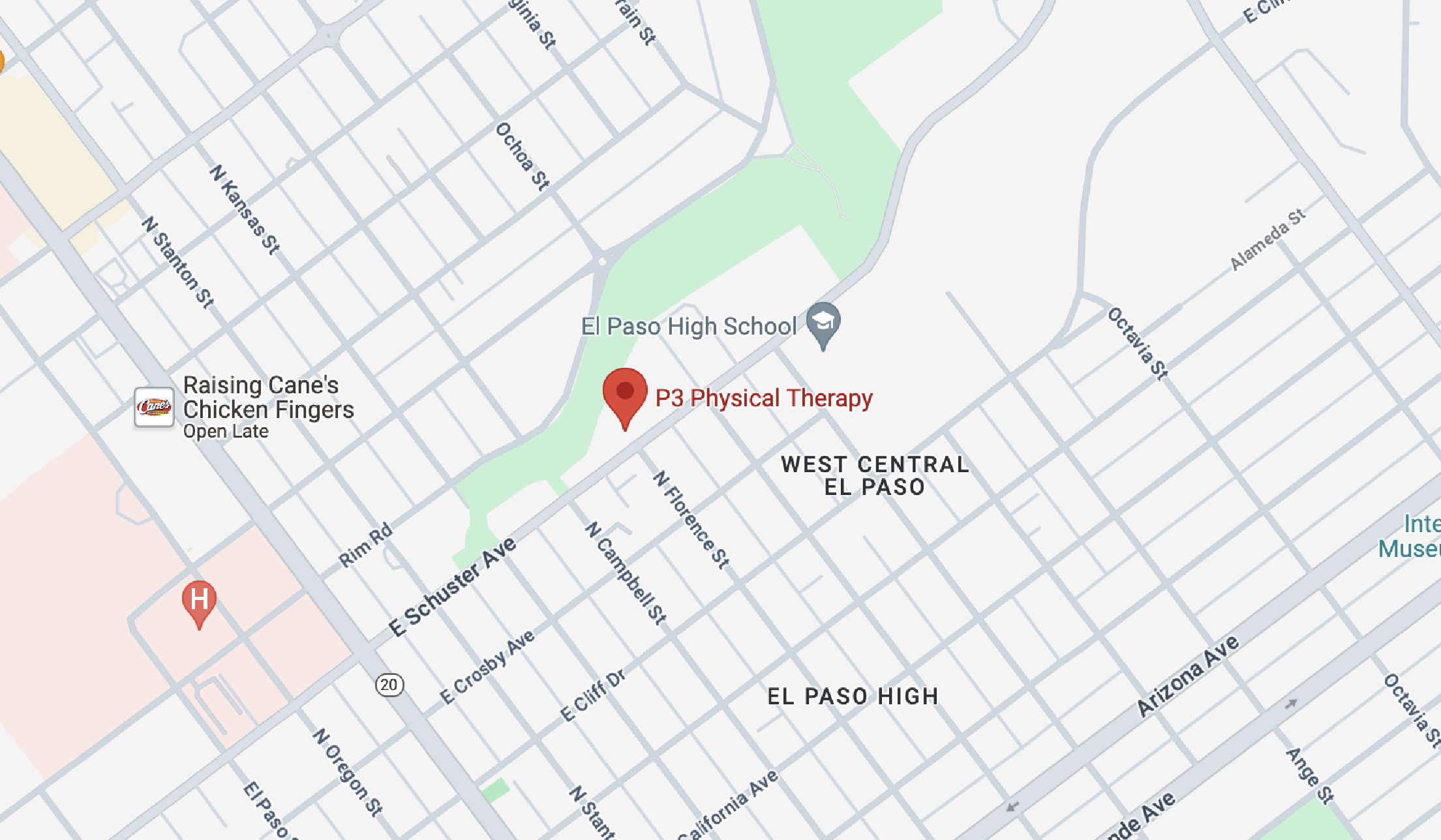 Occupational injuries are some of the most common among the adult population. These are injuries caused because of a person’s job or occupation or the demands and requirements at that job or occupation. Some of the most common occupational injuries include falls, low back pain, shoulder impingement, rotator cuff injuries, and carpal tunnel issues.
Occupational injuries are some of the most common among the adult population. These are injuries caused because of a person’s job or occupation or the demands and requirements at that job or occupation. Some of the most common occupational injuries include falls, low back pain, shoulder impingement, rotator cuff injuries, and carpal tunnel issues.
Carpal tunnel affects 3 to 6 percent of adults and is considered the most common entrapment neuropathy. The way a large part of the workforce and jobs have evolved has put a strain on our wrists, and for some people, this has increased the risk for carpal tunnel syndrome. So how does physical therapy play a role in rehabilitation of this type of injury?
As a non-surgical option or as post-surgery rehabilitation, physical therapy uses several techniques to help patients with carpal tunnel problems.
What is Carpal Tunnel Syndrome?
The pain or discomfort associated with carpal tunnel happens when there is increased pressure in the wrist. This pain is caused by the inflammation of the tendon. The build-up pressure is concentrated on the median nerve that runs through the forearm, in through the wrist, and provides sensation to the thumb, index, and middle fingers, as well as health of the ring finger. When the pressure in this area increases it can cut off sensation and cause pain and numbness.
The median nerve is critical for providing movement and mobility to the fingers of the hand. The connection between the hand and forearm is the tunnel and involves several structures including the carpal bones and the ligament.
The median nerve provides feeling to the fingers and is important for strength to the base of the thumb and index finger. So as the pressure increases and reduces mobility, the hand may lose significant ability to move and function properly. Carpal Tunnel Syndrome will affect the entire arm. Symptoms may subside with some rehab or—when severe—require surgical intervention.
What Causes Carpal Tunnel Syndrome?
While most of these cases are associated with office workers or people that work in an assembly line, these are not the only people that suffer from this type of injury. Carpal tunnel can be a result of trauma, repetitive motions and maneuvers, certain diseases, and even pregnancy.
Carpal tunnel affects about 3% of the population aged 18-64 every year. Every year, there are about 400,000 carpal tunnel release surgeries performed.
What Does Carpal Tunnel Feel Like?
Carpal tunnel syndrome feels different for every patient. Every case is different, but typical symptoms include similar pain and discomfort. The most frequently experienced sensations include pain, tingling, or numbness of the hands and fingers. Some people find they lose sensation in half of their hands. Others report the loss of strength and control on that side of the hand as well.
Symptoms of carpal tunnel can range from mild to severe. When symptoms are mild, people will have a better chance of mitigating the symptoms and using rehabilitation approaches to stave off worsening the pain. When the condition progresses, the pain and discomfort can be a real impediment to performing certain activities and become a serious disruption to a person’s life.
How Does Physical Therapy Help with Carpal Tunnel Syndrome?
When people start feeling pain and pressure in their wrists, it may be a worrisome experience, but it doesn’t always mean that surgery will be required. Over the years, the study and understanding of physical therapy have enhanced the nonsurgical treatment options and interventions that help relieve some of the most disruptive carpal tunnel syndrome.
Physical Therapy Exercises for Carpal Tunnel Syndrome
According to the Bureau of Labor and Statistics and the National Institute for Occupational Safety and Health, carpal tunnel surgery has more than 230,000 procedures every year. This number makes it the second-most performed surgery in the United States. According to the data, women are also twice as likely to develop carpal tunnel.
And while surgery is common, it’s not the only option. Physical therapy can be quite effective for mitigating and relieving the symptoms that come with carpal tunnel.
Common physical therapy approaches to this syndrome include:
Strengthening Exercises
Many physical therapists will begin with having patients strengthen their hands and grip and perform strengthening exercises to work these areas. This might involve squeezing exercises that use a rubber ball or other object.
Stretching Exercises
Stretching can be helpful in relieving some of the pressure that builds up around the median nerve. These exercises might involve placing the hand on a flat surface or placing the arms in front of you, spreading the fingers, stretching them out, and holding the position for a few seconds. Wrist extensions are a good way to begin improvement at home or at work. Your physical therapist can guide you through more involved exercises that can also improve the condition or help to heal after surgery.
Heat and ice treatments
The use of heat and cold are common in physical therapy to increase blood flow and decrease inflammation. One common approach to treating carpal tunnel syndrome includes immersing the affected area of the hand in water that is heated between 92 to 100 degrees while performing slow movement exercises. Some treatments also call for submerging the wrists in cold water.
Ongoing studies around other physiotherapies like dry needling have also shown promise in helping with carpal tunnel syndrome.
Get Relief and Get Back to Your Life with Physical Therapy for Carpal Tunnel
Whether you’ve had carpal tunnel surgery or are suffering mild symptoms, a physical therapist can guide you through some exercises, techniques, and posture correction that can provide considerable relief and the release of pressure.
Have questions about treatments for carpal tunnel syndrome? Call P3 Physical Therapy today.


